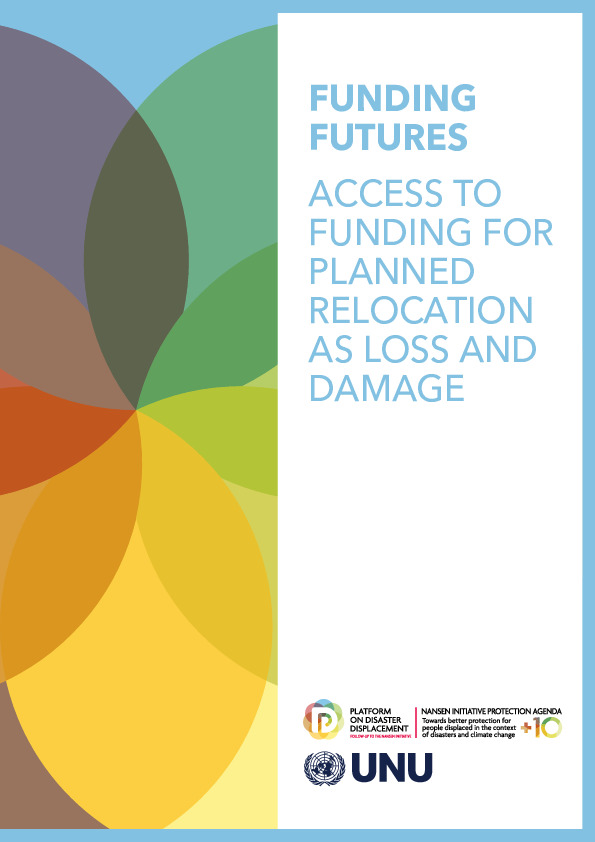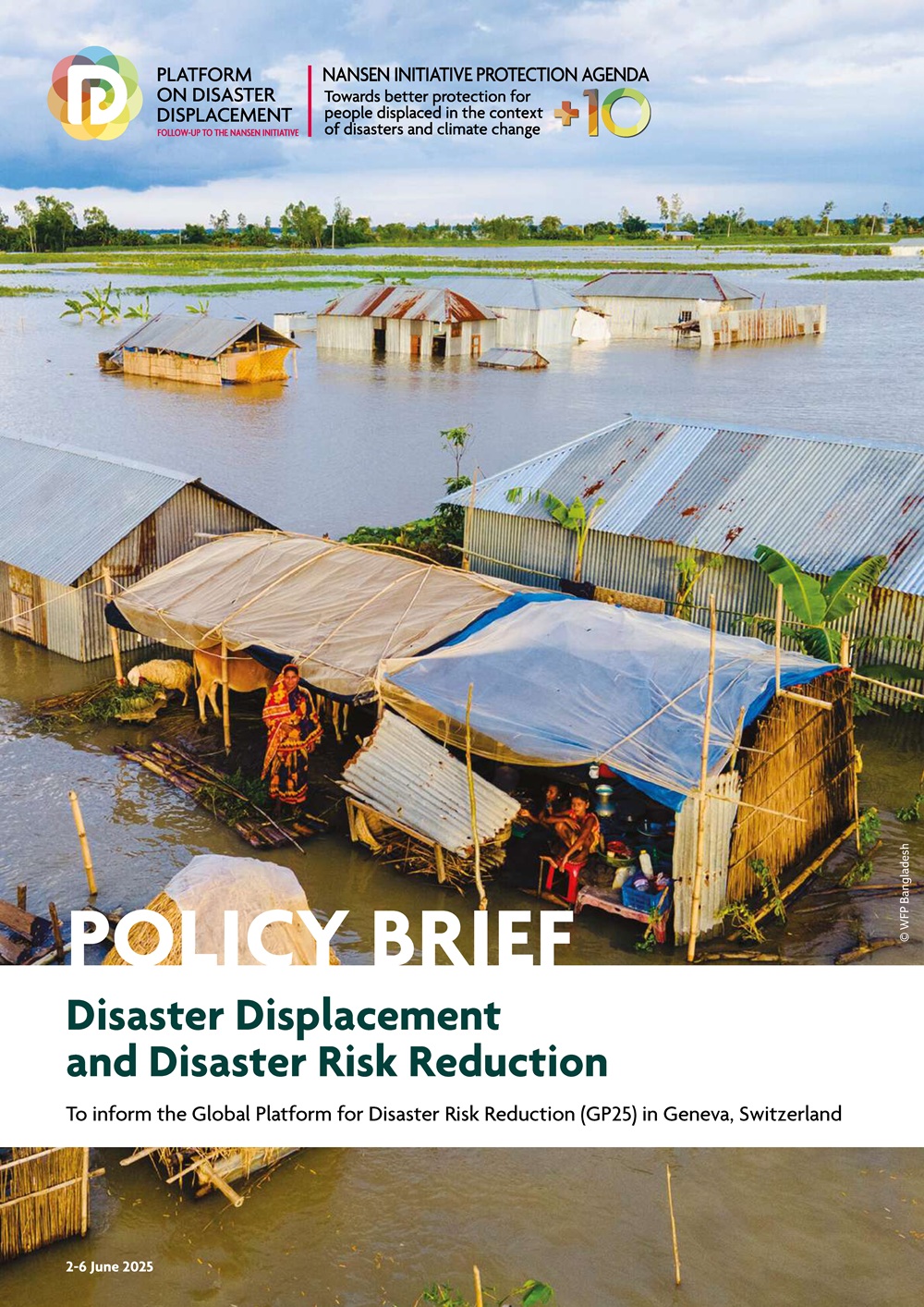Assessing The 1969 OAU Convention In The Context Of Disasters, Environmental Degradation And The Adverse Effects Of Climate Change
As the impacts of climate change, environmental degradation and disasters increasingly influence human mobility around the world, States, UNHCR and others have recognized the critical need to consider how existing legal frameworks can protect people forcibly displaced in such contexts. In Africa, the key legal framework is the continent’s regional refugee treaty – the OAU Convention Governing the Specific Aspects of Refugee Problems in Africa (1969 OAU Convention). Article I(2) of the 1969 OAU Convention expands the scope of refugee protection beyond the international definition of a “refugee”, found in the 1951 Refugee Convention, to protect people fleeing events which can be characterized by their widespread and indiscriminate nature. These events include external aggression, occupation, foreign domination, and events seriously disturbing public order.
As the broadest of the listed events in the Article I(2) definition, “events seriously disturbing public order” (ESDPO) has the most potential to protect people fleeing in connection to the adverse effects of climate change, environmental degradation, and the impacts of disasters. By their nature, such events can impact the prevailing level of public order within a society. They may do so on their own – for example, in situations involving sudden-onset disasters, such as storms or flooding – or through interaction with other factors affecting societal instability, such as conflict, violence, and serious human rights violations. For example, slow-onset climate change impacts, such as drought, can exacerbate conflict and instability in a society, while also diminishing a State’s capacity to protect its population from harm.
In the absence of clear or consistent state practice, various actors and experts have called for guidance on the application of the Article I(2) refugee definition in the 1969 OAU Convention to people displaced in such contexts. This is particularly significant given Africa’s vulnerability to climate change, and the fact that access to scarce natural resources, such as water, is predicted to be an increasing cause of conflict on the continent.
In 2022, UNHCR initiated a three-part project aimed at developing further normative guidance on the application of the Article I(2) refugee definition in the context of the adverse effects of climate change, environmental degradation, and the impacts of disasters. This paper forms the first stage of that project and aims to develop practical guidance for assessing serious disturbances to public order under the 1969 OAU Convention based on principled legal analysis. This guidance ultimately takes the form of indicia of ESDPO. In the second stage of UNHCR’s project, the ESDPO indicia will be applied to country case studies in southern Africa involving the adverse effects of climate change, environmental degradation and disasters. The third stage of the project proposes to see UNHCR develop normative guidance, drawing on the institution’s existing publications and the outcomes of the first two stages of this project.





